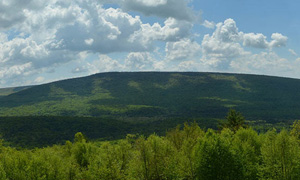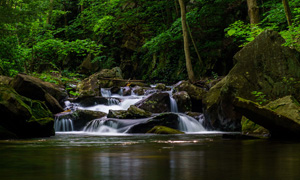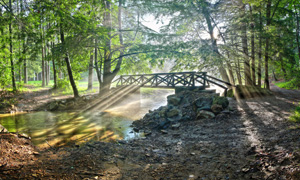
By Jerry Hassinger
ECOLOGICAL TRAPS: We’re all trappers! Not in the sense that we set a trap for a mouse or a furbearer — no — instead, we all contribute to the development and use of ecological traps. We do this unknowingly and sometimes unwillingly, but the results are the same, wild animals die. An ecological trap either attracts wildlife to or fails to repel wildlife from a mostly human–made situation or activity where the probability of being killed is substantially increased.
One very common trap is when wildlife food and cover are on opposite sides of a road. This creates the potential for more road kills. More road kills attract scavengers like possums. In turn, they end up dead on the highway.
Fields of alfalfa are classic eco-traps. Grassland nesting birds are attracted to this “prime” nesting cover. But before their eggs hatch or nestlings fledge, the field is mowed. Sometimes adult birds are killed, but in most cases, the nest with eggs or young are destroyed. As a result, many species of grassland birds are threatened or endangered. This includes the bobwhite quail and short-eared owl among other species.
You can find a lot of general information in the Sibley Bird Guides. It’s not wholly accurate. For instance, vehicles kill millions more birds than the following graph suggests. Still, it does show you how a lot of birds die. This graph gives you an inkling of the potential for eco-traps, and hay fields are not even mentioned.

Books have been written on this subject of bird declines. If readers want a recent review of the nature and extent of North America’s persistent bird decline, refer to:
The one-sentence conclusion by multiple scientists is “Cumulative loss of nearly three billion birds since 1970, across most North American biomes, signals a pervasive and ongoing avifaunal crisis.”
Given the nature and extent of eco-traps, we all share some of the responsibility and cost for bird conservation.
Jerry Hassinger is a former director of the PA Game Commission’s wildlife diversity program and wildlife biologist with the PA Bureau of Forestry




